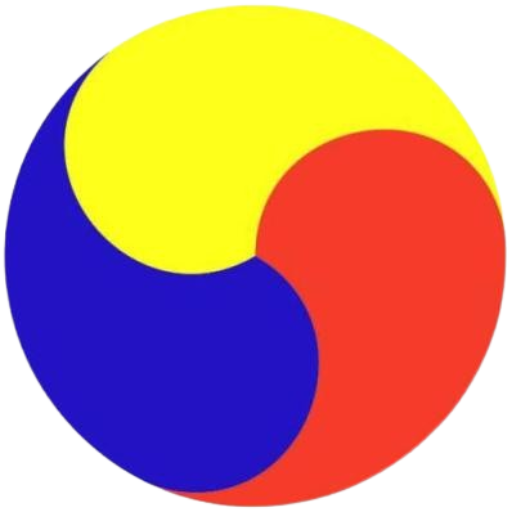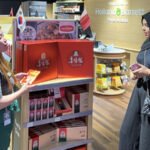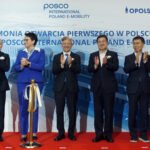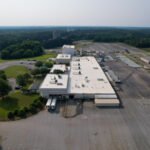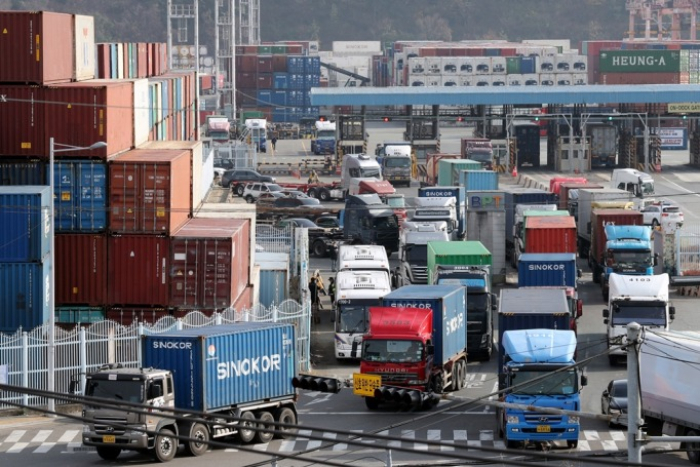
South Korea’s government cut its 2025 economic growth forecast in half from its earlier expectation, saying the economy will expand just 0.9% this year despite tens of billions of dollars in extra spending and interest-rate cuts.
The new projection, unveiled Friday by Korea’s Ministry of Economy and Finance, marks the country’s weakest growth outlook since 2020, when the economy shrank 0.7% during the pandemic.
It is also far below the 1.8% estimate the government announced in its policy plan earlier this year.
The 0.9% target is slightly more optimistic than forecasts from the Bank of Korea, the Korea Development Institute and the International Monetary Fund, which each project 0.8%.
But officials conceded that the government’s goal could be difficult to reach, as it would require mid-1% growth in the second half.
The country’s gross domestic product grew 0.6% in the second quarter from the previous three months, which had posted a 0.2% contraction, according to the BOK.
The central bank forecast the country’s third- and fourth-quarter growth at 0.7% and 0.6%, respectively.
DEEP CONSTRUCTION AND EXPORT SLUMP
The downgrade comes even though Seoul has rolled out two supplementary budgets totaling nearly 46 trillion won ($33 billion) this year to shore up domestic demand.
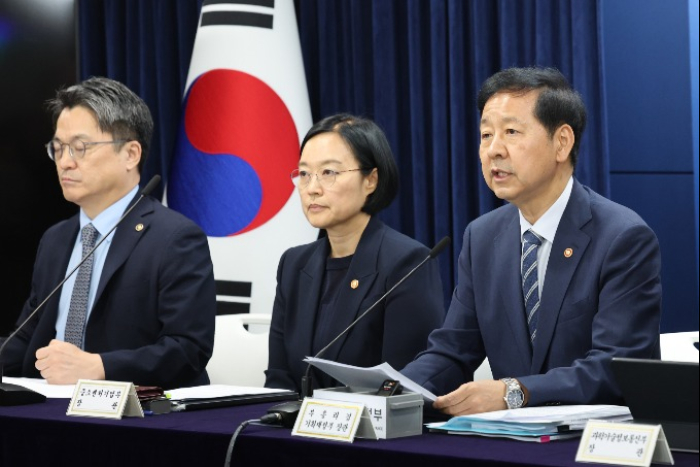
The government expects modest rebounds in private consumption and facility investment – 1.3% and 2.0%, respectively – supported by fiscal stimulus and recent interest-rate cuts. They are higher than the BOK’s forecast of 1.1% and 1.8%, each.
But construction is forecast to contract 8.2% this year, a steeper decline than the central bank’s estimate of a 6.1% fall, as a glut of unsold homes weighs on the sector.
Exports are projected to edge up just 0.2%, down from 8.1% growth in 2024, amid weaker global demand and new US tariffs on Korean goods. The current account surplus is expected to narrow to $94 billion from $98 billion a year earlier.
Asia’s fourth-largest economy relies heavily on exports, mainly driven by semiconductors, autos and steel products subject to hefty US levies.
Growth is forecast to recover to 1.8% in 2026, after last year’s 2% expansion.
SEOUL BETS ON AI FOR FUTURE GROWTH
Alongside the revised outlook, the finance ministry announced a package of projects aimed at positioning South Korea as a global leader in AI and advanced technologies, part of a drive to reinvigorate the economy.
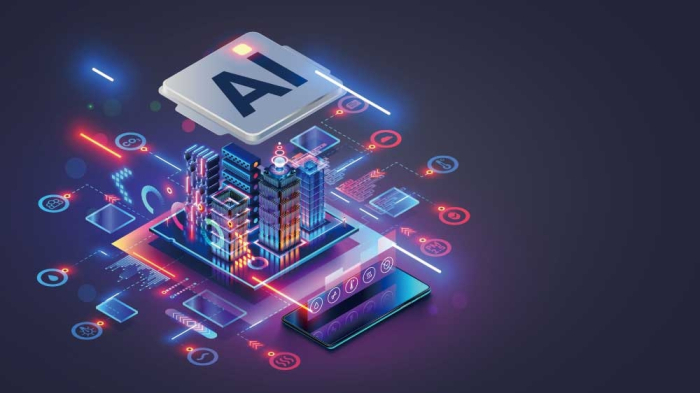
The initiatives are aimed at fulfilling South Korean President Lee Jae Myung’s campaign pledges to position South Korea among the world’s top three AI powers, lift the nation’s potential growth rate to 3% and rank among the five most influential global economies.
South Korea’s potential growth is currently estimated at just above 1%.
“We are in a desperate moment, with no anchor industries left to support our economy,” the government said in a statement. “The era of AI transformation will offer a golden opportunity for us to leap forward as a leading nation, and the next five years will be our critical window to seize it.”
The Korean government said it will spearhead national AI transformation across 15 areas, including robotics, autonomous driving, smart factories, on-device AI chips, open public data and specialized AI services. It also plans to strengthen the country’s AI talent base through so-called sovereign AI.
Seoul said it will support private-sector efforts to develop new growth engines in fields ranging from advanced raw materials and components to green energy, biotech and pharmaceuticals, content, beauty and food.
The initiatives will be supported by a new state fund, tentatively dubbed the National Growth Fund, to be established with more than 100 trillion won in capital, financed equally by state resources and private investors.
By Ik-Hwan Kim and Jeong Min Nam
lovepen@hankyung.com
Sookyung Seo edited this article.
